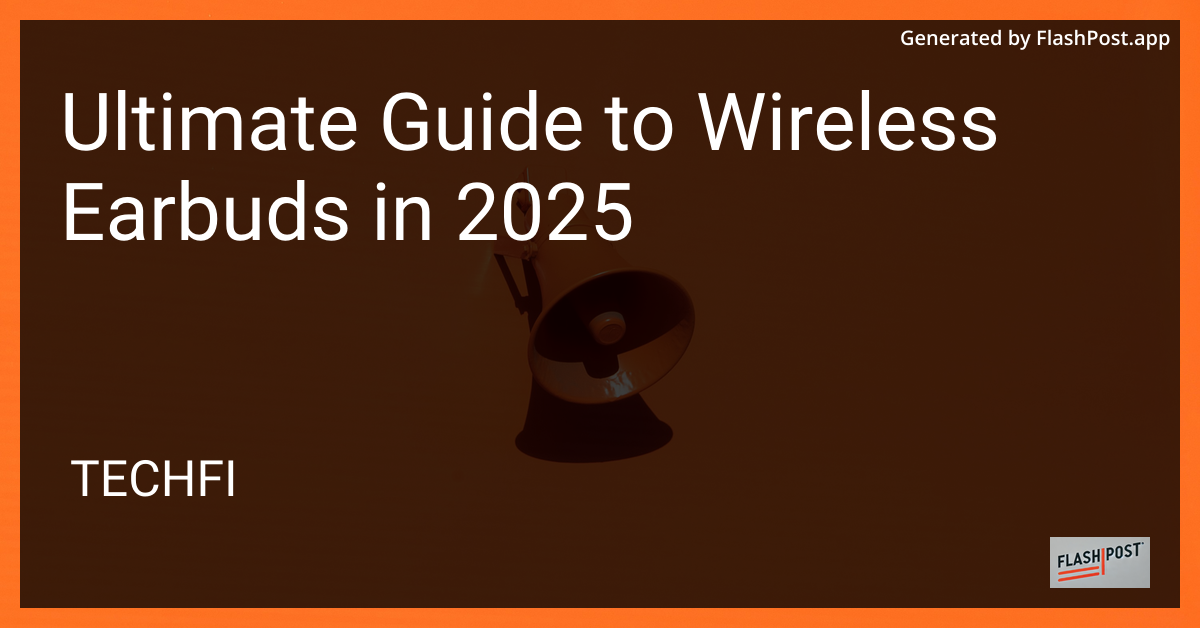Best Quiet Pickleball Balls for Beginners in 2025

Best Quiet Pickleball Balls to Buy in 2025
| Product | Features | Price |
|---|---|---|
 Gamma Librarian Foam Pickleball Balls, Foam Balls for Pickleball Practice with True Bounce on All Surfaces, Box of 3 |
– Enjoy low-noise play at just 60db – perfect for quiet communities! – Soft foam design makes these balls ideal for indoor pickleball games. – Bright yellow color ensures easy tracking during practice and matches! |
Explore Now  |
 GoSports GS 40 Q-Foam Pickleballs – Quiet Foam Balls for Indoor or Outdoor Practice – 3 Pack |
– Quiet Gameplay: Enjoy pickleball without disturbing your neighbors! – Safe for All Ages: Soft foam design minimizes injury risks for newbies. – Versatile Use: Perfect for indoor or outdoor courts—play anytime, anywhere! |
Explore Now  |
 PIKKOFUN Quiet Pickleball Balls – Silent Foam Practice Pickleballs for Indoor Training & Wall Drills – 3 Pack with Storage Tube – Soft & Safe Practice Balls |
– Quiet Design: Practice indoors without disturbing neighbors or family. – Realistic Feel: Train effectively with a soft bounce mimicking real play. – Safe for All: Soft foam protects homes and is perfect for beginners. |
Explore Now  |
 Enhance Pickleball Ninja Ball – The Original Silent Pickleball – Foam Pickleball for Quiet Practice at Home – Comes with 3 Balls – Indoor or Outdoor Balls for Quiet Practice |
– Quiet Play Anytime, Anywhere: No Disturbance, Just Fun! – Durable Design: Safe for Walls, Indoor & Outdoor Practice! – Expert Approved: Train Like a Pro with Coach Connor Hance! |
Explore Now  |
 Dink Buddy – Standard Kelso Pickleball, PU Foam Pickleball Balls for Reduced Noise, Enhances Hand-Eye Coordination, Indoor & Outdoor Use, 3-Pack 74-mm Lime Green Balls |
– Enjoy quiet play with innovative foam technology that silences sound! – Experience consistent bounce and feel, just like standard pickleballs! – Perfect for indoor and outdoor use—play anytime, anywhere with ease! |
Explore Now  |
Are you ready to dive into the world of pickleball but concerned about the noise? You're in the right place! As the sport continues to grow in popularity, more people are looking for ways to enjoy the game without disrupting their neighbors. That's where the best quiet pickleball balls come into play. Whether you're practicing in your backyard or on a shared court, these balls help keep the peace while allowing you to improve your skills.
Understanding Quiet Pickleball Balls
Quiet pickleball balls are specially designed to minimize the amount of noise generated during play. Typically made from softer materials, these balls produce less impact noise when they hit the paddle or court surface. Quiet balls are a great option for beginners who might not want the loud 'pop' typical of standard pickleball games. Importantly, selecting the right ball can make a difference in your playing experience as you embark on your pickleball journey.
What to Look For in Quiet Pickleball Balls
Choosing the best quiet pickleball balls requires some essential considerations to ensure you get the best practice experience:
Material: Look for balls made from soft, durable materials. These materials help minimize noise while ensuring the ball can withstand regular use.
Performance: Consider how the ball performs in terms of bounce and flight. Quiet pickleball balls should mimic the standard gameplay as closely as possible for effective practice sessions.
Durability: Look for reviews or product descriptions mentioning the longevity of the said ball. Durability is crucial to avoid frequent replacements.
Appropriate for Beginners: Ensure the balls are rated or marketed toward beginners, as they will likely suit your skill level better.
How Quiet Pickleball Balls Compare
Quiet pickleball balls can differ significantly from traditional ones. While they score points for noise reduction, they might not have the same feel and playability as regular balls. Understanding the balance between noise control and performance is important. It's much like selecting the right footwear—tennis shoes vs pickleball shoes—where the choice can influence your comfort and game play.
Advantages of Using Quiet Pickleball Balls
Noise Reduction: An obvious but essential benefit, especially when playing in noise-sensitive areas.
Good for Practice: These balls allow for focus on form and technique without disturbing others.
Accessibility: Beginners often find quiet balls less intimidating, easing their way into the game.
Community-Friendly: Using quiet balls promotes harmonious play in community centers and neighborhood courts.
Frequently Asked Questions
1. Are quiet pickleball balls suitable for competitive play?
Quiet pickleball balls are primarily designed for practice and recreational games. For tournaments or matches that enforce specific standards, it's advisable to use regular balls that comply with official regulations.
2. How do I clean and maintain quiet pickleball balls?
Cleaning is simple! Use a damp cloth to wipe off dirt and ensure they dry properly to avoid any material degradation.
3. Do quiet balls affect gameplay in any negative way?
They work well for practice but have a slightly different bounce and feel than standard balls. Therefore, it's also beneficial to practice with regular balls occasionally, similar to how you'd alternate paddles based on current trends.
4. Are there specific paddles that complement quiet pickleball balls?
Yes, some paddles are designed to focus on control and noise reduction, which complements quiet balls perfectly. Choosing the right paddle can enhance your gaming experience.
Conclusion
Diving into pickleball doesn’t mean you have to disturb your neighbors or fellow park-goers. Quiet pickleball balls are a fantastic choice for beginners who want to enjoy the sport in a muted manner. As with any equipment selection, taking the time to find balls that meet your needs can greatly enhance your gaming experience. So grab your paddle, pick a quiet ball, and enjoy the satisfying rhythm of your quiet games. Happy playing!














































